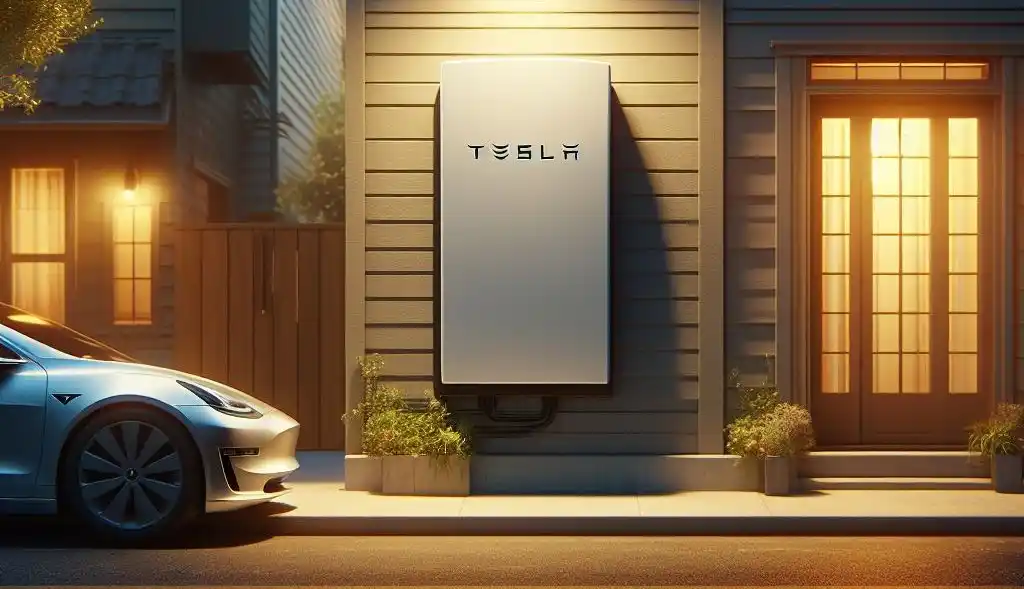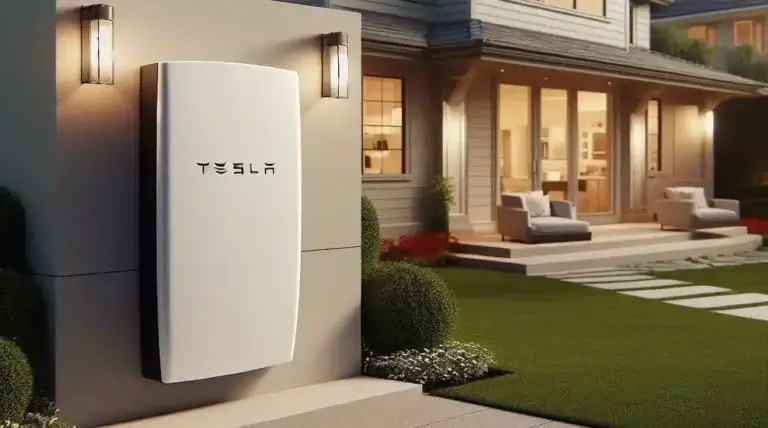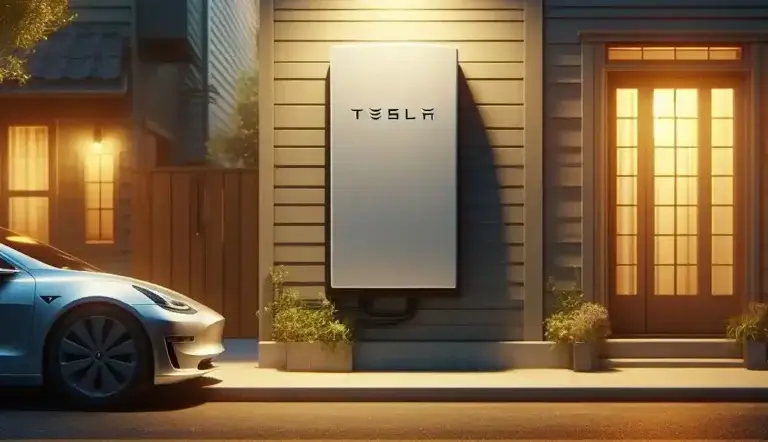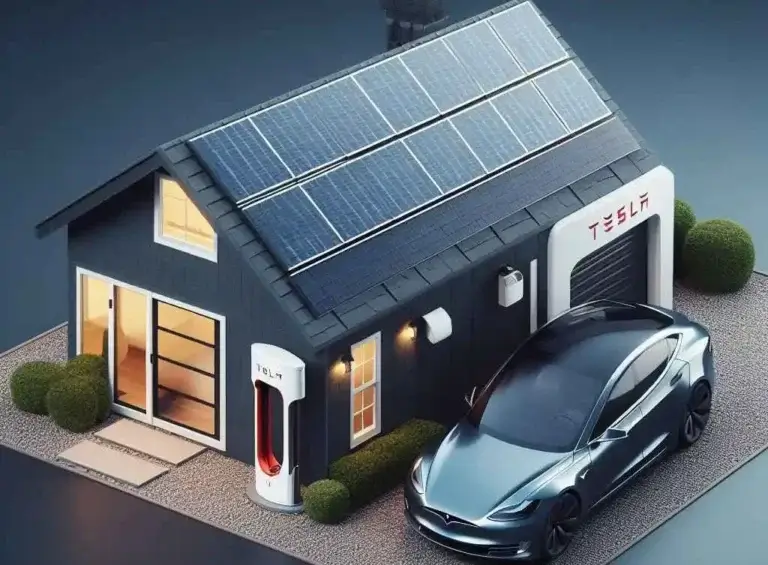Tesla Powerwall Self Powered vs Time-Based Control Mode
Are you considering installing a Tesla Powerwall battery for your home? One of the most important decisions you’ll need to make is choosing between the Tesla powerwall self powered vs time-based control mode. This guide examines the key differences, pros and cons, and best use cases to help you determine the optimal Powerwall setting.
Table of Contents
Introduction
The Tesla Powerwall is a rechargeable home battery system that stores solar or grid energy to power your home during outages or reduce electric bills. A critical component is configuring the proper operation mode – either self-powered or time-based control.
Choosing the right setting allows your Powerwall to maximize solar self-consumption, backup reliability, or financial savings based on your needs. We’ll analyze real-world performance data and scenarios to help determine if self-powered or time-based control is better for your situation.
In this comprehensive guide, you’ll learn:
- How the Powerwall self-powered and time-based control modes differ
- Key factors like solar system size, utility rates, and goals to consider
- Real-life case studies and data for both operation modes
- Expert tips to select the optimal mode for your home
Follow along as we break down the pros, cons, use cases, and considerations for Powerwall control modes. Let’s dive in!
Overview of Tesla Powerwall Self Powered vs Time-Based Control Mode

The self powered mode directs the Powerwall to use solar energy first to power your home before utilizing grid electricity. Any excess solar is stored in the battery. This minimizes grid dependence and maximizes solar usage.
With time-based control, you can program charge and discharge schedules based on time-of-use rates or peak demand charges. This aims to optimize when the battery charges or discharges to reduce electric bills.
Below is a table summarizing the key differences:
| Self-Powered Mode | Time-Based Control Mode | ||
|---|---|---|---|
| Goal | Maximize solar consumption | Optimize for cost savings | |
| Key Metric | Self-sufficiency % | Bill savings | $ |
| Best For | Off-grid or grid-tied solar | TOU rates, high demand charges | |
| Pros | Simple, maximize solar usage | Greater potential savings | |
| Cons | Less control, lower savings | Complex, more effort to set up |
Next, let’s explore self-powered and time-based control in more detail.
Self-Powered Mode Explained
The key focus of the Tesla Powerwall’s self-powered mode is to maximize the consumption of your solar production. Essentially, it tries to use as much of your solar power to run your home before utilizing electricity from the grid.
How it Works
- Solar energy directly powers home loads first
- Excess solar is stored in the Powerwall
- The battery discharges to continue powering the home when solar production drops
- Only utilizes grid electricity when solar and Powerwall cannot meet demand
This simple operating strategy minimizes reliance on the grid and consumption of electricity from your utility when solar is available.
The Powerwall mobile app provides visibility into the percentage of your home’s energy needs supplied by solar and the battery. Over time, you can increase self-sufficiency through additional solar panels or Powerwall capacity.
Key Benefits
- Simple hands-off operation
- Maximize usage of clean solar energy
- Increase energy independence
However, there are some downsides to consider as well compared to time-based control.
Potential Drawbacks
- Lower cost savings vs time-based in some cases
- Less flexible scheduling options
- Won’t prevent charging from the grid during lower TOU periods
Overall, the self-powered mode works well for grid-tied solar homes wanting to maximize their solar energy production. Next, let’s compare this to time-based control.
Time-Based Control Mode Overview
Time-based control for the Tesla Powerwall focuses on intelligently charging and discharging based on your electricity rates or solar production. This provides more advanced scheduling options aiming to optimize your energy costs.
How it Works
- Create a program with multiple daily time blocks
- Set charging and discharging priorities per period
- Battery charges or discharges based on the programmed schedule
For example, you can set the Powerwall to:
- Charge from solar only during the afternoon
- Discharge in the evening to power your home and avoid peak rates
- Charge from the grid after midnight to take advantage of low rates
This level of customization provides more ways to align battery operation with your specific rates, solar generation, and goals.
Key Benefits
- Generally greater potential for utility cost savings
- Align charging and discharging to your rates/solar production
- Prevent unwanted grid charges from solar overproduction
Potential Drawbacks
- More complex to configure properly
- Requires some effort to optimize over time
- Can achieve similar savings via self-powered in some cases
In the right situation, time-based control can maximize the grid arbitrage and bill savings possible with an energy storage system.
Real-World Self-Powered Data & Analysis
To better evaluate the differences between these two modes, let’s analyze some real-world data.
Solar System: 7.6 kW DC Solar Panel Capacity
Powerwall: 1 Powerwall, 13.5 kWh Capacity
Timeframe: 365 days
Here is an overview of the self-sufficiency and consumption mix over a full year with this system set to self-powered mode:
- Total self-sufficiency: 75%
- Solar energy directly used: 42%
- Solar energy from Powerwall: 33%
- Grid electricity: 25%
This aligns very closely with the goals of self-powered mode – to maximize consumption of the solar energy produced at this home. Over 75% of this household’s annual electric needs were met by their solar energy, despite having a moderately sized system.
Here is how the battery cycled on a typical spring day:
- Solar charges Powerwall to full by early afternoon
- Discharges through the evening to power the home & refill overnight
By using up solar production first and avoiding peak grid rates in the evening, this simple daily cycle is already cost-effective. Maximizing solar usage improves the value proposition for homeowners wanting energy resilience or independence.
However, could a time-based control mode lead to even greater savings here by fine-tuning charge and discharge times? Let’s take a look at a scenario for comparison.
Evaluating Time-Based Control Mode

Based on the rates and solar generation from the home above, we modeled the potential savings upgrading to time-based control could provide over self-powered mode.
The utility has tiered $/kWh rates along with $0.50/kWh peak pricing from 5-8 PM on weekday evenings. By charging the Powerwall from midnight to 7 AM to take advantage of the lowest tier and discharging to avoid peak rates, savings can improve.
Projected Performance (Model):
- Shift of 890 kWh from peak to off-peak periods
- Reduced peak consumption by 15%
- Estimated additional savings of $210/year (18%) over self-powered mode
So while the self-powered mode performed well already with 75% self-sufficiency, time-based control could optimize the charging and discharging alignment further. For larger solar and battery systems, coordinating operations for TOU arbitrage often saves 15-25% on electric bills.
However, this requires reasonable differences between period rates, proper schedule configuration aligned with site loads and solar data, plus ongoing optimization. For many residential sites, the hassle factor may not justify a 5-15% bump in savings vs straight self-powered mode.
Use Case Examples: Who Is Self-Powered vs Time-Based Better For?
Now that we’ve covered the basics of both modes and real-world data, which option makes more sense based on your home’s situation?
Best for Self-Powered Mode:
- Off-grid solar homes – Become energy-independent!
- Grid-tied solar to maximize self-consumption
- Minimize power outages without much rate variance
- Hands-off automated operation wanted
Best for Time-Based Control:
- Locations with strong TOU rate differences
- Peak demand charges from the utility
- Larger solar system sizes, batteries
- Willing to actively manage/optimize scheduling
There is no definitive right or wrong mode universally – it depends on your specific context and priorities for having battery storage.
For example, Hawaii has extremely high 5-7 pm evening peak rates of $0.50+ per kWh when solar production is low. This creates a perfect use case for time-based control to discharge Powerwalls and flatten peak loads.
However, many homeowners in California with tiered rates may see minimal extra savings from programming elaborate schedules compared to straight solar self-consumption.
Use the criteria above to determine if self-powered or time-based control aligns better with your objectives. An experienced Tesla Certified Installer can also help analyze your situation to configure the modes and system settings.
Key Configuration Considerations For Each Mode
Whichever control mode you select, here are some key guidelines for setup:
Self-Powered Mode Tips
- Oversize solar array to match your annual consumption, allowing the Powerwall to store excess production
- Add more Powerwall capacity if wanting greater energy independence
- Use the mobile Tesla App to track self-sufficiency percentage over time
Time-Based Control Recommendations
- Analyze the last 12 months of electric bills to quantify savings opportunities from TOU arbitrage
- Model system sizes and time-based schedules in software like HelioScope to maximize value
- Be conservative on projected savings since real-world conditions vary day to day
- Plan to actively manage and update schedules seasonally for optimal performance
Additionally, work with an experienced Tesla Certified Installer for system design and configuration. As your unique site conditions change over the years, periodically re-evaluating settings can help maximize the value of your storage investment.
Powerwall FAQs: Your Top Questions Answered
Here are answers to some frequently asked questions about the Tesla Powerwall operation modes, capabilities, and applications:
Q: Can the Powerwall work in a blackout if the grid is down?
Yes, the Powerwall has backup gateway functionality to detect grid outages. It can automatically power your home’s critical loads in a blackout when wired accordingly.
Q: How long does the Powerwall last in backup mode?
It depends on your home’s energy usage, battery capacity, and system wiring. Most homes can run 10-15+ hours on a fully charged 13.5 kWh Powerwall with careful load management.
Q: Can the Powerwall charge from solar only?
Absolutely. In both self-powered and time-based control modes, you can restrict the Powerwall to only charge from your home solar energy.
Q: What size solar system do I need with a Powerwall?
Generally, your solar system should produce at least 5-6x the Powerwall capacity annually. So for one 13.5 kWh Powerwall, you’ll want at least a 6-8 kW solar array.
Q: Can I install the Powerwall on an existing solar system?
Yes! Retrofitting a Powerwall onto an existing solar PV system is straightforward. Your installer will just need to reconfigure the wiring and enable the battery.
Still have questions? Contact a Tesla Certified Installer to discuss your specific project.
Conclusion
Configuring your Tesla battery in either self-powered or time-based control mode allows customization for your unique home energy needs and priorities.
Self-powered aims to maximize solar usage and energy independence hands-free, while time-based focuses on optimizing for electric bills and peak demand savings through clever charging/discharging scheduling.
When making this key decision for Powerwall operation, be sure to consider your:
- Current and future solar system specifications
- Electricity rates, demand charges, and net metering policy
- Desired level of battery automation vs active management
- Main goal – whether grid independence, cost savings, or backup protection
While time-based control can provide slightly higher cost savings in some situations, self-powered delivers excellent overall value with minimal effort.
As batteries become more popular, you can always switch between these modes seasonally or as your needs evolve. Both strategies allow leveraging stored solar energy in different ways for resilience and financial payback.
Hopefully, this outline has provided a comprehensive overview examining self-powered vs time-based control for the Tesla Powerwall. Reach out with any other questions!







